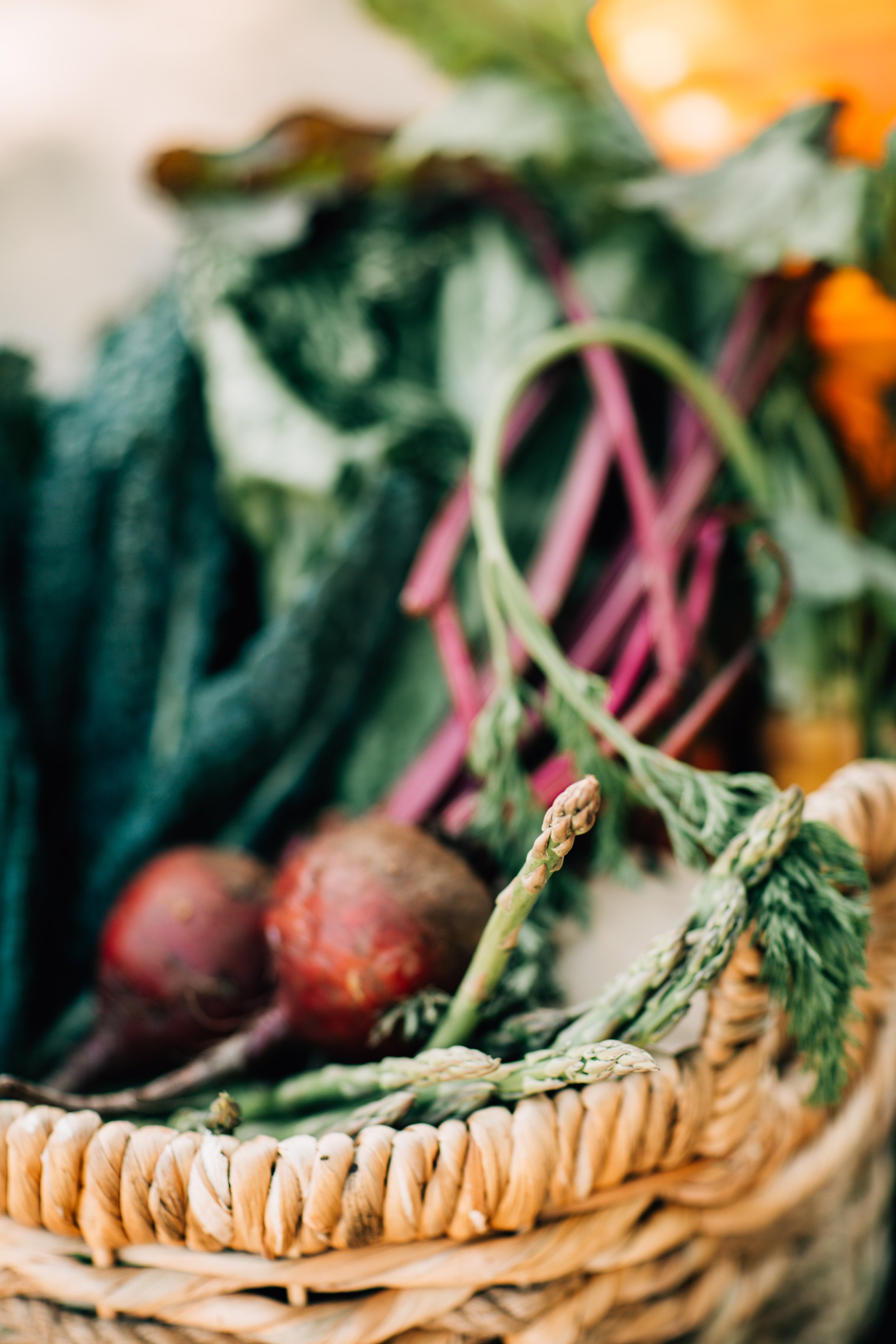
Seared Tofu Ginger Sesame Salad
A salad that serves up a happy gut, this includes variety of plant-based goodness stacked in one dish! When the microbes in our gut are fed plants, fiber, prebiotics and more, they work in collaboration with our bodies to support more resilient immune system, production of anti-inflammation compounds, and metabolize neurochemicals that boost serotonin (happy hormones)!
Red Velvet Beet + Lentil Soup
With beets, lentils and digestive spices, this soup is perfect for grounding + nourishing.
Carrot Ginger Soup
A grounding, warming soup packed with carotenoids and antioxidants which protect and enhance immunity. Carrots are known for being a good source of beta-carotene, fiber, vitamin K, potassium and antioxidants.
Green Tea Ginger Shiitake Miso Soup
A crockpot favorite, inspired by Jennifer Iserloh. Love this for it’s antioxidant kick, thanks to the green tea. Detox super powers due to the kale. Shiitake mushrooms, serving up the amazing immunity booster.




